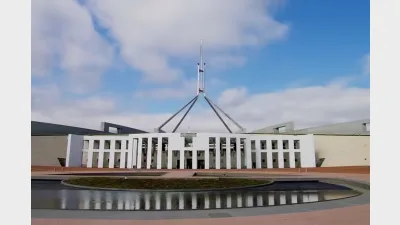Education needed to overcome elder abuse issues



Education of trustees and advisers is a more effective approach than overhauling policy to prevent elder financial abuse issues, the SMSF Association believes.
Responding to the Australian Law Reform Commission’s (ALRC’s) elder abuse discussion paper, SMSF Association head of policy, Jordan George said education for trustees and advisers on planning for the loss of capacity was the first step to reducing the risk of elder abuse occurring in the self-managed superannuation fund (SMSF) sector.
George said arrangements if a trustee lost capacity were prescribed by law by nature of its application and that prescribing them step by step in the legislation would be an unnecessary and exhaustive process that would not solve the issues the paper discussed.
“Accordingly, the association proposes that the SIS Regulation 4.09 is amended to include that the trustees of the fund should formulate and review regularly the consideration and planning of the loss of capacity and SMSF exit strategy as part of their investment strategy,” he said.
“Our proposed amendment is similar to the recent addition to the SIS regulation 4.09 (2)(e) that requires trustees to consider whether they hold insurance. This has had great success in putting insurance to the front of every trustee’s mind and will have the same effect with estate and succession planning.
“Furthermore, it then becomes a legal requirement that trustees consider estate planning and this becomes part of the audit standards that SMSF auditors must see evidence of when auditing funds each year.”
George noted there needed to be greater awareness and education to the legal risks surrounding poorly constructed and executed death benefit nominations (BDBNs) to encourage trustees and their advisers to get legal advice on BDBNs.
He said people under an enduring power of attorney should only be able to make or renew a BDBN for a member if expressly authorised to do so by the enduring power of attorney, and the same rule should apply for reversionary pensions.
“The association believes that the ongoing uncertainty around the application of the BDBN provisions is an emerging risk for the SMSF and broader superannuation sector as the system matures and Australia’s population ages,” he said.
Recommended for you
Superannuation fees have continued their multi-year decline, as fund consolidation and index investing deliver scale efficiencies for members.
Super funds demand fast passage of payday super laws, while small business advocates warn of cash flow pressures and compliance risks.
The superannuation industry could move faster on personalisation, according to MLC, and the fund has identified three core areas where it will be focusing its personalisation efforts over the next 12 months.
The Actuaries Institute has released a framework to help super funds deliver affordable guidance and advice to millions approaching retirement.









